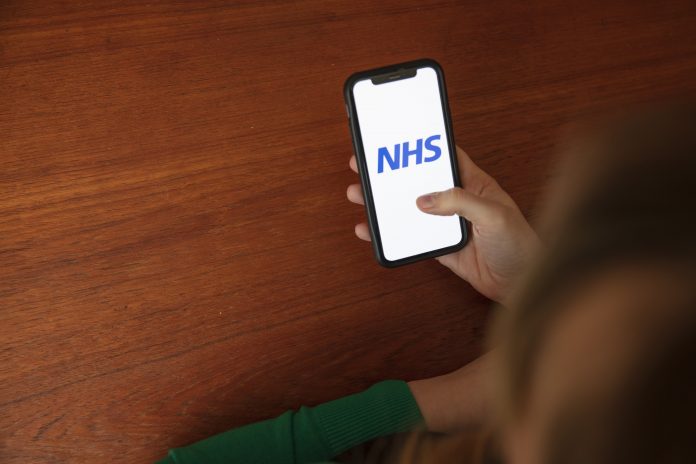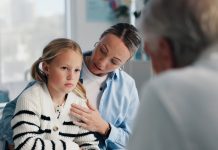Vaccines Minister Nadhim Zahawi said that children who are vulnerable, living with clinically vulnerable family or almost 18 will be given the COVID vaccine
Speaking to the BBC, Minister Zahawi made clear that vulnerable children, or children living with highly-vulnerable family, would be given the vaccine. Those close to 18 would also be allowed to take the jab.
Zahawi said: “The JCVI looked at vulnerable children, they will recommend that vulnerable children should be protected. Children living with vulnerable adults should also be protected, and of course 17-year-olds who are close to their 18th birthday should also be protected.”
He makes clear that vaccination for those aged 12-17 in general is still under consideration by UK scientists.
Is the vaccine safe for children?
So far, Pfizer has completed a clinical trial focused on adolescents.
In a trial involving 2,260 adolescents of that age in the US, there were no cases of the virus in the group vaccinated with both doses of the vaccine. The young adolescents showed “strong immunogenicity” one month after their second dose.
In June, the Medicines and Healthcare products Regulatory Agency (MHRA) said that Pfizer was safe for 12-15 year olds.
Dr June Raine, MHRA Chief Executive said: “We have carefully reviewed clinical trial data in children aged 12 to 15 years and have concluded that the Pfizer/BioNTech COVID-19 vaccine is safe and effective in this age group and that the benefits of this vaccine outweigh any risk.”
Earlier in May, the US cleared use of Pfizer for 12-15 year olds.
Doctors highlight especially vulnerable groups
In December, 2020, The Royal College of Paediatrics and Child Health (RCPCH) highlighted groups of children who were missing out on key vaccinations, even before the vaccine. These groups align with children who are vulnerable to struggling with remote learning.
The RCPCH commented: “Health professionals should be aware of groups at risk of low vaccine uptake. They include: children in large families, children in lone parent families, looked after children, children in mobile families including the travelling community, children in some ethnic minority groups, children with chronic conditions or disability.”











